linux内核hardlockup机制:
hardlockup 是watchdog框架下的一种关注于中断发生后一直占用CPU而其它中断无法响应导致的系统问题的一种debug方法. 具体的超时判断时间一般为10S,也可以通过sysctrl watchdog_thresh 来进行修改.
当触发hardlockup时内核会打印当前的调用堆栈信息或者配置为panic可以触发panic并打印当前堆栈信息. 可以通过sysctrl hardlockup_panic进行动态修改, 可以通过 CONFIG_BOOTPARAM_HARDLOCKUP_PANIC进行配置.
hardlockup机制实现基础:
hardlockup 实现上依赖于下面内容:
a) watchdog的内核框架
b) 高精度timer框架: 高精度timer即hrtimer的实现在不同的计算机体系结构上会有不同的硬件去实现.
c) perfEvent框架: perfEvent的实现同样不同的计算机体系结构会有不同的实现方式,他们都依赖于具体的计算机体系结构, 而ARM实现perf Event的方式我们之前有做过简单分析,具体的参考之前这篇文章.
hardlockup实现的框架图:

hardlockup实现机制
hardlockup工作机制的源码解读(依赖计算机体系结构实现的PerfEvent以ARM的PMU为示例进行解读):
启动watchdog hrtimer并创建PerfEvent过程如下:
//kernel/watchdog.c
void __init lockup_detector_init(void){
...
if (!watchdog_nmi_probe())//创建对应perfEvent
nmi_watchdog_available = true;
lockup_detector_setup();//启动高精度timer的watchdog同时触发PerfEvent
}
下面我们来看看Perf Event的创建过程.
//kernel/watchdog_hld.c
int __init hardlockup_detector_perf_init(void){
int ret = hardlockup_detector_event_create();//hardloopup 创建对应perfevent过程
...
}
//对应perf Event 创建额type以及config
static struct perf_event_attr wd_hw_attr = {
.type = PERF_TYPE_HARDWARE,
.config = PERF_COUNT_HW_CPU_CYCLES,
.size = sizeof(struct perf_event_attr),
.pinned = 1,
.disabled = 1,
};
static int hardlockup_detector_event_create(void)
{
...
struct perf_event_attr *wd_attr;
struct perf_event *evt;
wd_attr = &wd_hw_attr;
//这句和具体的体系结构有关系,对应的ARM的PMU为换算成对应cycle counter.
wd_attr- >sample_period = hw_nmi_get_sample_period(watchdog_thresh);
/* Try to register using hardware perf events */
/* watchdog_overflow_callback为cycle counter发生overflow时触发的handler
* 对应到我们之前讲的Perf Event基石PMU那篇文章就是 armv8pmu_handle_irq中
* call到perf_event_overflow函数 */
evt = perf_event_create_kernel_counter(wd_attr, cpu, NULL,
watchdog_overflow_callback, NULL);
...
return 0;
}
关于具体创建的我们稍后再详细叙述, 这里只需要知道创建的具体过程是通过perf_event_overflow来实现的, 并且watchdog_overflow_callback是在对应PMU的counter overflow时会产生对应不可屏蔽中断(NMI).我们先看一下watchdog_overflow_callback的具体实现, 具体实现如下:
//kernel/watchdog_hld.c
/* 看到了吗? 该函数参数是可以与 armv8pmu_handle_irq中call到的
* perf_event_overflow传递的参数是一致的
* 我们稍后解析这个函数是如何给具体的PerfEvent的 */
static void watchdog_overflow_callback(struct perf_event *event,
struct perf_sample_data *data,
struct pt_regs *regs){
...
//watchdog_nmi_touch这个为可抢占case路径提供的接口,我们不做讨论
if (__this_cpu_read(watchdog_nmi_touch) == true) {
__this_cpu_write(watchdog_nmi_touch, false);
return;
}
//
if (!watchdog_check_timestamp())
return;
/* is_hardlockup的实现就是判断hrtimer_interrupts与
* 上次发生时保存的hrtimer_interrupts_saved是否相等,相等即hrtimer没有做过响应
* 即触发了hardlockup机制*/
if (is_hardlockup()) {
...
/* only print hardlockups once */
if (__this_cpu_read(hard_watchdog_warn) == true)
return;
//show对应信息或者dump堆栈信息.
if (regs)
show_regs(regs);
else
dump_stack();
...
if (hardlockup_panic)
nmi_panic(regs, "Hard LOCKUP");//触发对应kernel panic
...
}
}
我们再来看看是如何更新hrtimer_interrupts与hrtimer_interrupts_saved的
//kernel/watchdog.c
lockup_detector_init
-- >lockup_detector_setup
-- >lockup_detector_reconfigure
-- >softlockup_start_all
-- >smp_call_on_cpu//每个CPU的核都对应绑定一个
-- >watchdog_enable
//如果对应支持CPU的热插拔,会在cpu online中同样做触发
static void watchdog_enable(unsigned int cpu) {
struct hrtimer *hrtimer = this_cpu_ptr(&watchdog_hrtimer);
struct completion *done = this_cpu_ptr(&softlockup_completion);
...
/*Start the timer first to prevent the NMI watchdog triggering
* before the timer has a chance to fire.
*/
/* watchdog_timer_fn在以间隔时间sample_period=watchdog_thresh*2*NSEC_PER_SEC/5
* 即默认(watchdog_thresh为10S) 4S为周期的状况下做一次hrtimer的触发*/
hrtimer_init(hrtimer, CLOCK_MONOTONIC, HRTIMER_MODE_REL);
hrtimer- >function=watchdog_timer_fn;
hrtimer_start(hrtimer, ns_to_ktime(sample_period),HRTIMER_MODE_REL_PINNED);
...
//Enable the perf event,启动前面创建的perfEvent,如果没有创建则进行创建
if (watchdog_enabled & NMI_WATCHDOG_ENABLED)
watchdog_nmi_enable(cpu);
}
//watchdog kicker functions
static enum hrtimer_restart watchdog_timer_fn(struct hrtimer *hrtimer){
...
/* kick the hardlockup detector */
watchdog_interrupt_count(); //对hrtimer_interrupts进行更新.
...
}
以上就是我们看到的"hardlockup实现机制"的具体代码实现部分.那么我们再来剖析另一个关键点: 该PerfEvent事件的创建过程,即perf_event_create_kernel_counter的实现过程
//kernel/events/core.c
/**
* perf_event_create_kernel_counter
*
* @attr: attributes of the counter to create
* @cpu: cpu in which the counter is bound
* @task: task to profile (NULL for percpu)
*/
struct perf_event *
perf_event_create_kernel_counter(struct perf_event_attr *attr, int cpu,
struct task_struct *task,perf_overflow_handler_t overflow_handler,void *context){
struct perf_event_context *ctx;
struct perf_event *event;
...
/* 创建type为PERF_TYPE_HARDWARE,config为PERF_COUNT_HW_CPU_CYCLES
* perfiod为10s次的cycle counter*/
event = perf_event_alloc(attr, cpu, task, NULL, NULL,overflow_handler, context, -1);
...
//分配 匹配对应context。
ctx = find_get_context(event- >pmu, task, event);
...
perf_install_in_context(ctx, event, cpu);
perf_unpin_context(ctx);
...
return event;
}
/*分配并且初始化perfevent */
static struct perf_event *
perf_event_alloc(struct perf_event_attr *attr, int cpu,struct task_struct *task,
struct perf_event *group_leader,struct perf_event *parent_event,
perf_overflow_handler_t overflow_handler,void *context, int cgroup_fd){
struct pmu *pmu;
struct perf_event *event;
struct hw_perf_event *hwc;
...
//分配perf_event空间
event = kzalloc(sizeof(*event), GFP_KERNEL);
...//初始化变量
init_waitqueue_head(&event- >waitq);
init_irq_work(&event- >pending, perf_pending_event);
...
/* perf_event 做初始化,直接初始化到具体type的config
* -- >perf_init_event
* -- >perf_try_init_event
* -- > pmu- >event_init(event)
* /
pmu = perf_init_event(event);
...
}
//drivers/perf/arm_pmu.c
static int armpmu_event_init(struct perf_event *event){
....
/*根据之前perfEvent基石PMU中code的分析,改map_event对应为PMU中的
* armv8_pmuv3_perf_map 进行匹配,由于我们的config传入的是PERF_COUNT_HW_CPU_CYCLES
* 所以对应的PMU的事件为ARMV8_PMUV3_PERFCTR_CPU_CYCLES */
if (armpmu- >map_event(event) == -ENOENT)
return -ENOENT;
return __hw_perf_event_init(event);
}
自此,PERF_COUNT_HW_CPU_CYCLES的PefEvent事件就创建成功,后面的work 流程就如同文章中Perf Event基石PMU讨论的那样。
总结:
hardlockup实际上就是一种debug cpu被中断hung主的机制,它利用的NMI(不可屏蔽中断)来定时监控hrtimer中断在监控时间段内是否有更新, 如果未更新,则证明发生异常,异常后的行为根据配置的不同会有不同的表现。
 电子发烧友App
电子发烧友App









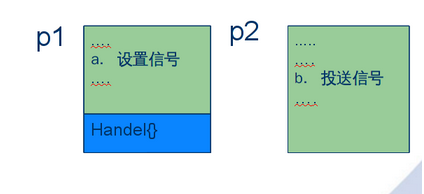
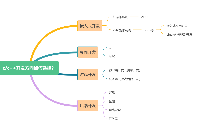
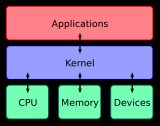
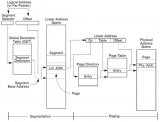

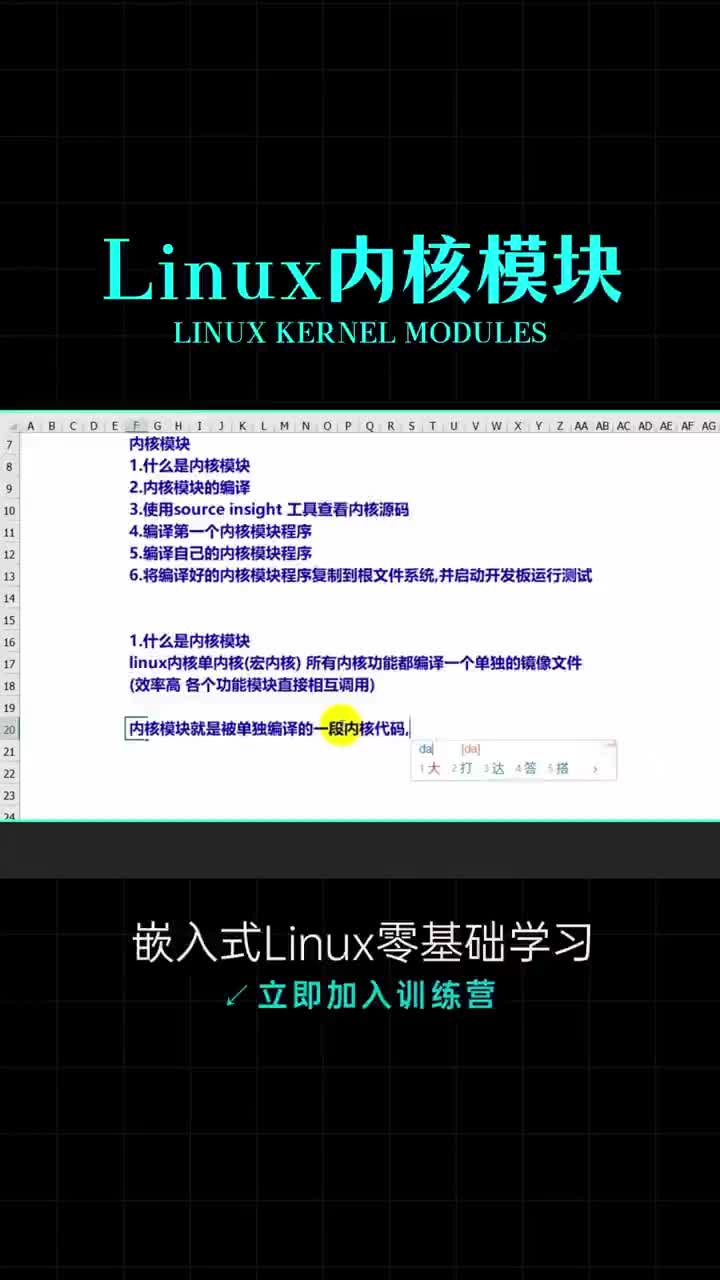


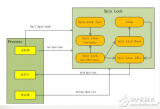

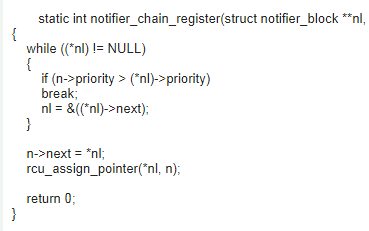
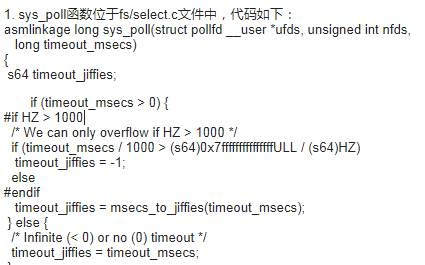
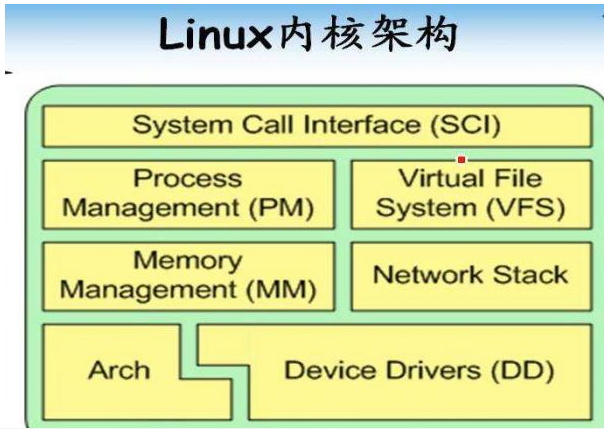


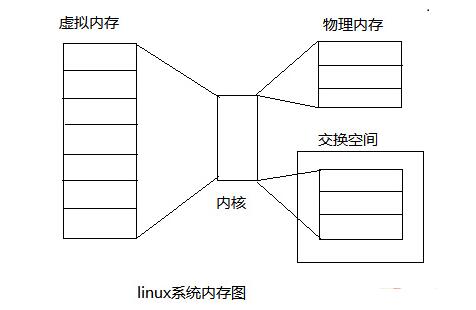

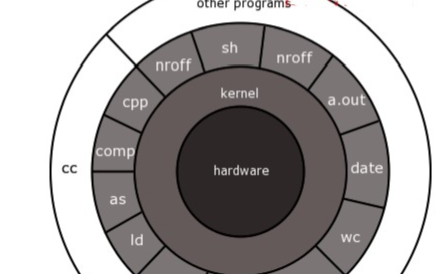
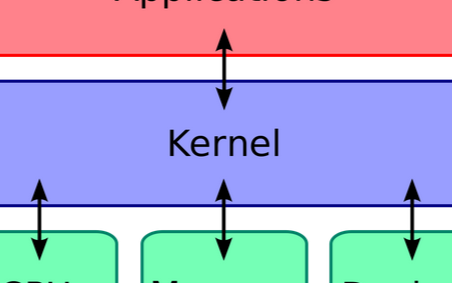



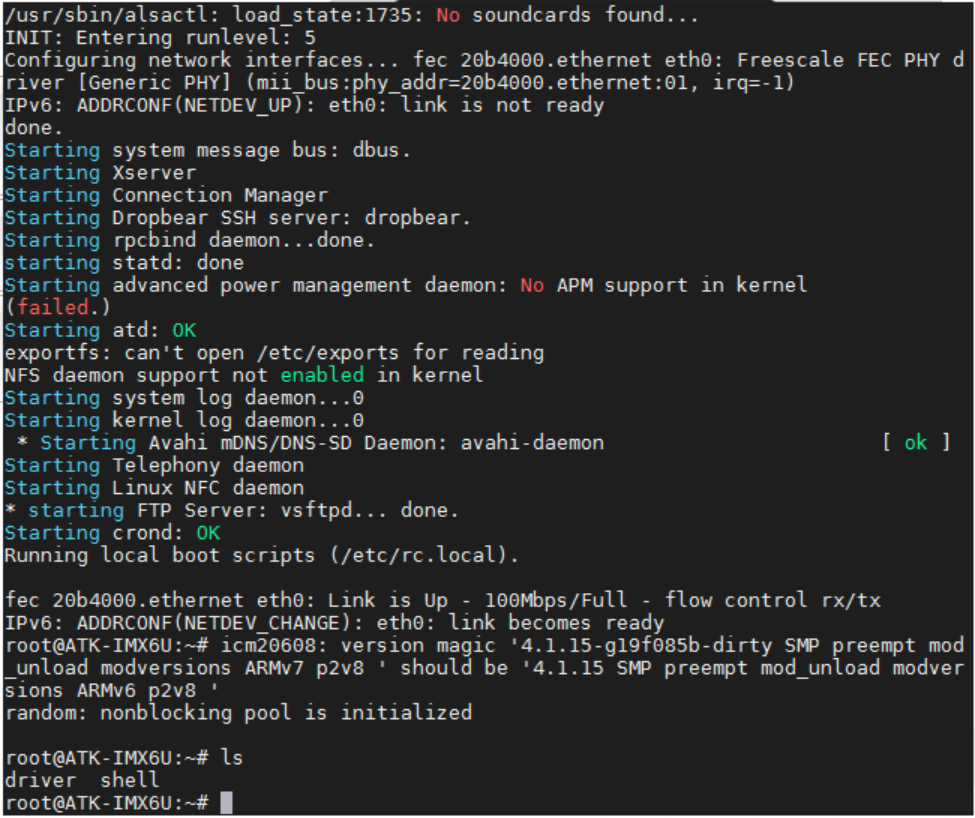
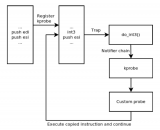


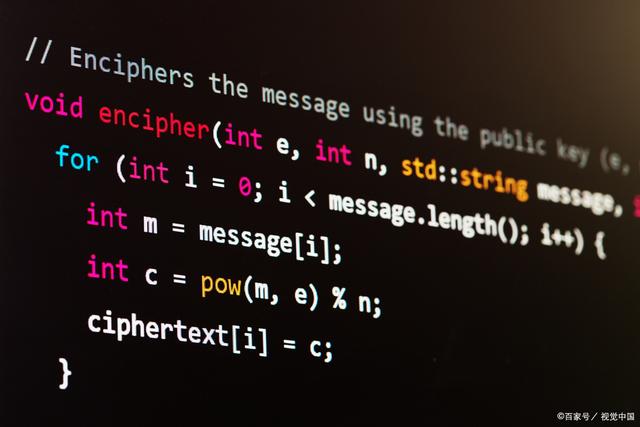
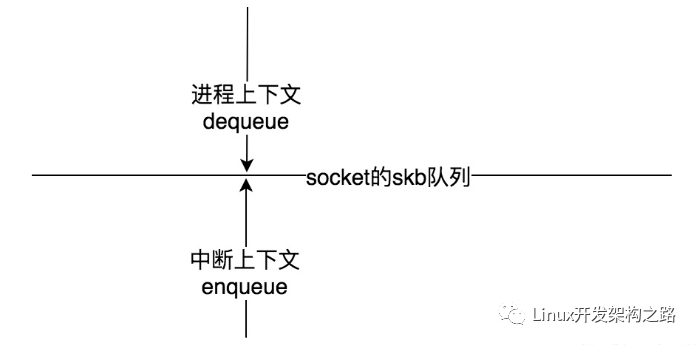










评论